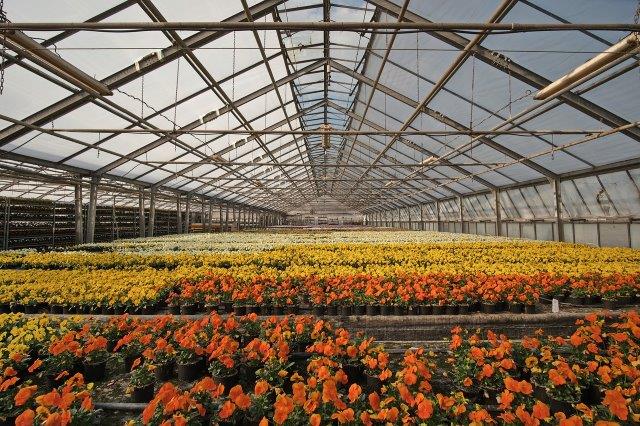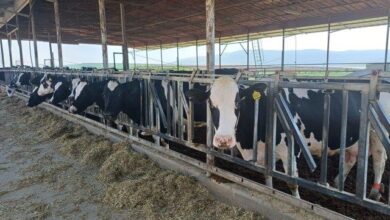Fueling a Greener Tomorrow: Unleashing the Global Greenhouse Market’s Remarkable Growth!

The global greenhouse market has demonstrated significant growth and is projected to continue expanding at a compound annual growth rate (CAGR) of 9.9% from 2023 to 2030.
This growth can be attributed to several key factors that are driving the market dynamics.
1. Rapid Urbanization and Modern Farming Techniques: The ongoing process of urbanization has led to the need for efficient and sustainable food production closer to urban centers. Greenhouses provide a controlled environment for cultivation, allowing for year-round production and protection from adverse weather conditions. This has led to increased adoption of modern farming techniques, which in turn is contributing to the growth of the greenhouse market.
2. Population Growth and Increased Food Demand: The global population is steadily increasing, leading to higher demand for food resources. Greenhouses enable higher yields per unit area compared to traditional open-field farming, making them an attractive solution to meet the growing demand for fresh produce.
3. Shift Towards Indoor Agriculture: The decline in available arable land due to factors like urbanization, soil degradation, and climate change has pushed agricultural practices towards indoor cultivation methods such as greenhouses. These controlled environments allow for efficient resource utilization and reduced dependency on external factors, leading to improved crop yields and quality.
4. Government Interventions: Governments around the world are recognizing the importance of supporting agricultural growth and food security. Interventions such as export subsidies, tariffs, import levies, and direct payments to growers incentivize the adoption of advanced agricultural practices, including greenhouse cultivation.

5. Technological Advancements: The integration of technology in greenhouse operations has led to increased efficiency and productivity. Automation, precision farming techniques, data analytics, and sensor technologies are being used to optimize resource allocation, monitor crop health, and enhance overall yield.
6. Environmental Considerations: Greenhouses offer the advantage of reduced resource consumption compared to traditional farming methods. They require less water and fewer pesticides, and their controlled environment allows for better water and energy management. This aligns with the growing emphasis on sustainable and environmentally friendly practices.
7. Crop Diversity and Year-Round Production: Greenhouses provide a conducive environment for growing a wide range of crops, regardless of external weather conditions. This flexibility in crop choices and the ability to produce crops year-round contribute to market growth.




